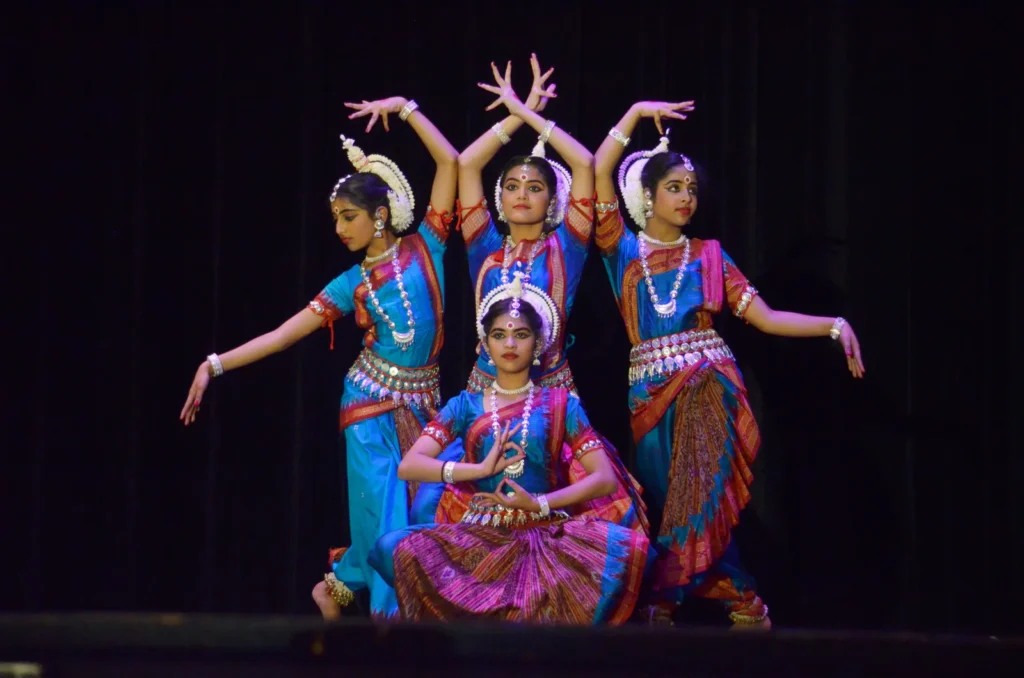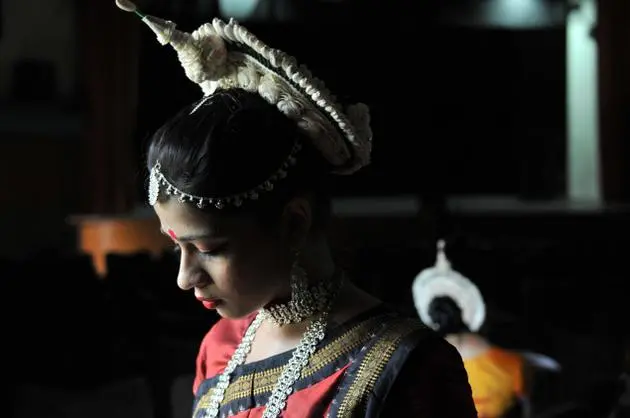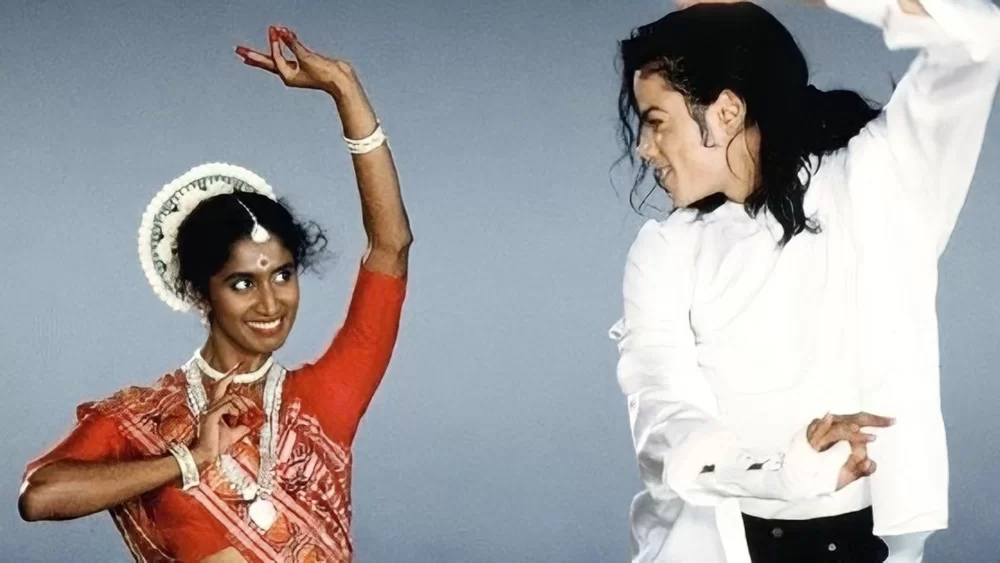Table of Contents
Odissi, the epitome of grace and tradition, stands as India’s revered classical dance form. Originating from Odisha, it’s celebrated for intricate movements and spiritual depth. As India’s second most popular classical dance, Odissi captivates audiences worldwide, embodying rich cultural heritage and timeless storytelling through dance.
Enchanting World of Odissi: India’s Second Most Popular Classical Dance

Indian classical dance is a vibrant tapestry of cultural expression, with each style embodying the unique heritage of its region. Among these, Odissi stands out as the second most popular classical dance form in India. Originating from the eastern state of Odisha, Odissi is a mesmerizing blend of intricate movements, expressive gestures, and spiritual storytelling. Its history, aesthetics, and cultural significance make it a captivating art form that continues to enchant audiences worldwide.
Historical Roots:
Odissi traces its origins back to ancient India, with evidence of its existence found in the Natya Shastra, a seminal treatise on performing arts written between 200 BCE and 200 CE. However, it was the temple sculptures of Odisha, particularly the exquisite carvings of the Sun Temple at Konark, that vividly documented the dance’s classical form. These sculptures, depicting dancers in fluid poses, serve as a testament to the rich tradition of Odissi.
Historically, Odissi was performed by Devadasis, or temple dancers, who dedicated their lives to the service of the deity. Their performances were an integral part of religious rituals and ceremonies. Over time, with the decline of temple patronage during the colonial era, Odissi faced a period of dormancy. It was revived in the mid-20th century by dedicated scholars and dancers, who painstakingly reconstructed the dance from temple sculptures, ancient texts, and the oral tradition of surviving gurus.
The Aesthetics of Odissi:
Odissi dance is renowned for its grace, characterized by its sinuous movements and intricate footwork. The dance is built on the principles of “tribhangi” (three bends of the body) and “chowka” (a square-like stance). These foundational postures lend Odissi its distinctive fluidity and geometric precision. The dancer’s body is divided into three parts: head, bust, and torso, each moving independently yet harmoniously, creating a mesmerizing visual poetry.
The expressive aspect of Odissi, known as “abhinaya,” is central to its storytelling. Through nuanced facial expressions and hand gestures (mudras), dancers convey a wide range of emotions, from the ecstasy of divine love to the agony of separation. These stories often draw from Hindu mythology, particularly the tales of Lord Krishna and Radha, exploring themes of devotion and transcendence
Music and Costume:

The music accompanying Odissi is as integral to the performance as the dance itself. It combines classical ragas and talas with traditional Odia music, creating a rich auditory tapestry that enhances the emotional depth of the dance. Instruments like the pakhawaj (a type of drum), flute, sitar, and manjira (cymbals) are commonly used, creating rhythms and melodies that guide the dancer’s movements.
The costumes of Odissi are equally captivating. Dancers wear brightly colored silk sarees, intricately draped and adorned with silver jewelry. The saree is pleated in a way that allows freedom of movement while maintaining aesthetic appeal. The dancer’s hair is typically styled in an elaborate bun, decorated with flowers and a traditional silver tiara known as the “mukut.”
Cultural Significance and Global Reach:

Odissi is not just a dance form; it is a living tradition that embodies the spiritual and cultural ethos of Odisha. It serves as a conduit for preserving and transmitting the region’s rich heritage. In contemporary times, Odissi has transcended its regional roots to gain international acclaim. It is performed and taught worldwide, contributing to cultural exchange and understanding.
Moreover, modern Odissi practitioners have explored innovative themes and collaborations, integrated contemporary narratives while stayed rooted in classical tradition. This dynamic evolution ensures that Odissi remains a relevant and vibrant art form, resonating with new generations of artists and audiences alike.
Conclusion
Odissi, with its profound historical roots, intricate aesthetics, and expressive storytelling, is a testament to the enduring richness of Indian classical dance. As the second most popular classical dance form in India, it continues to captivate and inspire, offering a glimpse into the timeless cultural heritage of Odisha. Whether experienced in a traditional temple setting or a contemporary stage, Odissi’s enchanting beauty and spiritual depth leave an indelible impression on all who witness it.
